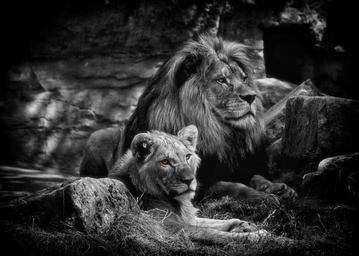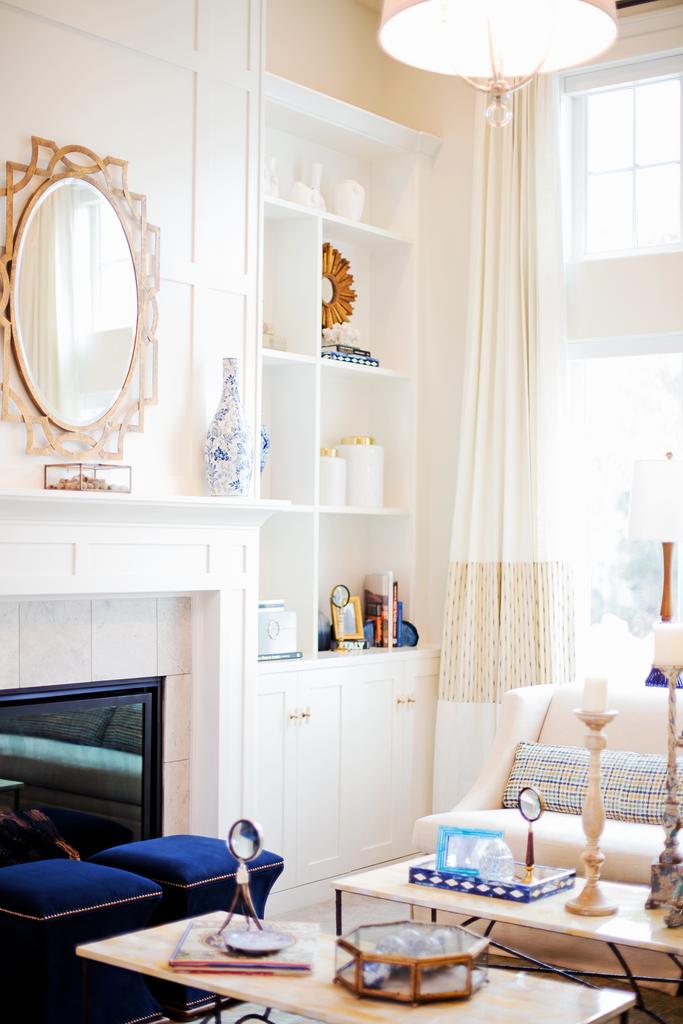Introduction
In an age where visual content is abundant, the significance of contemplative photography is often overshadowed by fast-paced media. Yet, within the realm of photography lies an art that invites introspection and reflection. The Art of Contemplation: How to Curate a Gallery of Contemplative Photos explores how to create a personal gallery filled with images that not only capture beauty but also evoke emotions and provoke thought. Through this guide, you'll uncover techniques for creating aesthetic self-portrait photography, understanding contemplative photos, and selecting rare home interior pictures that resonate with your inner self.
The Art of Contemplation: How to Curate a Gallery of Contemplative Photos
Creating a gallery dedicated to contemplative photography requires more than just snapping pictures; it involves crafting an experience that encourages viewers to pause and reflect. In this section, we will delve into the essential elements that contribute to effective contemplative photography.
Understanding Contemplative Photography
Contemplative photography is more than just taking pictures; it's about seeing the world through a lens that emphasizes mindfulness. This practice encourages photographers to observe their surroundings carefully and capture moments that speak to them on a deeper level.
What Is Contemplative Photography?
At its core, contemplative photography challenges photographers to slow down and engage with their environment. It fosters awareness of the present moment and transforms ordinary scenes into profound visual narratives. Unlike traditional methods focused on perfection or technical skills, contemplative photography embraces imperfections and spontaneity.

Why Is It Important?
Contemplative photography nurtures creativity and promotes mental well-being. By engaging in this mindful practice, individuals learn to appreciate their surroundings anew, ultimately leading to personal growth and self-discovery.
Aesthetic Self-Portrait Photography as Expression
Self-portraiture has evolved significantly over the years. Aesthetic self-portrait photography goes beyond mere representation; it captures emotions and communicates stories about identity.
Exploring Identity Through Self-Portraits
Self-portraits can serve as powerful tools for self-expression. They allow photographers to explore their identities while reflecting on their inner thoughts and feelings. When creating aesthetic photos wall displays, consider how each image narrates your unique story.
Techniques for Engaging Self-Expression
Lighting: Experiment with natural light at different times of the day. Backgrounds: Choose settings that resonate with your emotional state. Props: Incorporate items that hold personal significance. Angles: Explore various angles for dynamic compositions. Editing: Use post-processing techniques sparingly to maintain authenticity.Curating Aesthetic Photos for Your Gallery
Selecting aesthetic photos for your gallery is both an art and a science. The goal is to curate images that harmonize with one another while reflecting your vision.
Choosing Images That Resonate
When selecting photos, ask yourself:
- What emotions do these images evoke? Do they tell a cohesive story? How do they relate to my personal experiences?
Creating Themes in Your Gallery
Consider organizing your gallery around specific themes such as:
- Nature Urban Landscapes Portraits Abstract Forms
By grouping images thoughtfully, you create an inviting atmosphere for contemplation.

Rare Home Interior Pictures: Adding Depth
Incorporating rare home interior pictures can enhance the depth of your gallery while adding layers of meaning.
Finding Unique Perspectives on Interiors
Unlike standard décor photographs, rare home interior pictures offer glimpses into intimate spaces filled with history and character. Look for locations rich in stories or moments frozen in time.
Capturing Emotion in Interior Spaces
Through careful composition, lighting choices, and attention to detail, you can evoke feelings tied to specific environments—be it nostalgia from childhood homes or serenity from tranquil spaces.
The Role of Color Psychology in Photography
Color plays a crucial role in evoking emotions within contemplative photos.
Understanding Color Emotions
Different colors elicit varying emotional responses:
- Blue: Calmness Red: Passion Yellow: Happiness Green: Growth
Incorporating these colors knowingly can enhance the overall mood of your gallery.
Why Do Many Contemporary Printmakers Prefer Linocut Over Woodblock Printing?
In contemporary art circles, linocut printing has gained traction due to its accessibility and versatility compared to traditional woodblock printing methods.
Advantages of Linocut Printing Techniques
Ease of Use: Linoleum is softer than wood, making it easier for artists at all skill levels. Cost-effective: Materials tend to be less expensive. Flexibility: Artists can create more intricate designs without worrying about wood grain limitations. Quick Turnaround: Linocuts allow for faster production times than woodblocks due to fewer materials needed upfront.This shift reflects broader trends in contemporary printmaking where artists prioritize innovation alongside tradition.
Elements That Make Aesthetic Photos Wall Stand Out
Your photo wall should reflect both personal style and artistic vision while inviting viewers into contemplation.
Arranging Your Photo Wall Creatively
Mixing Frame Styles: Combine different frame materials (wooden vs metal) for visual interest. Varying Size: Create dynamic arrangements using varying dimensions. Incorporating Textures: Use textiles or other mixed media elements alongside photographs. Creating Layers: Consider placing smaller pieces over larger ones for depth perception. Balancing Negative Space: Allow breathing room between images for easier viewing experienceFAQs About Contemplative Photography
1. What are some common themes found in contemplative photos? Common themes include nature's beauty, urban solitude, human emotion, abstraction, identity exploration through self-portraiture among others!
2. Can anyone practice contemplative photography? Absolutely! Anyone can engage with this practice regardless of experience level—it's all about being present during observation!
3.What tips exist for beginners looking into aesthetic self portrait photography? Begin by experimenting with lighting conditions & backgrounds while embracing authenticity over perfectionism—practice makes progress!
4.How does curating a gallery benefit mental well-being? Curating allows individuals an opportunity to express themselves creatively while fostering mindfulness—a beneficial combination!
5.Are there specific styles associated with rare home interior pictures? Yes! Vintage styling often evokes nostalgia whereas minimalistic approaches focus more on simplicity & tranquility—both have unique appeals!
6.Could I blend different photographic styles within my gallery? Certainly! Blending diverse styles creates richness within visual storytelling—it’s all about what resonates most deeply with YOU!
Conclusion
The journey toward curating a gallery filled with contemplative photos is both rewarding and transformative—it offers insights into oneself along the way! By exploring aesthetic self-portrait photography techniques paired thoughtfully chosen images like rare home interior pictures or vibrant https://writeablog.net/gobnetrcts/portrait-shoot-essentials-creating-iconic-images-that-tell-a-story landscapes; you’ll cultivate space where stories unfold visually inviting visitors into deeper reflection upon engagement—the very essence captured within "The Art of Contemplation: How To Curate A Gallery Of Contemplative Photos." So grab that camera—it's time you started capturing moments worth pondering!